Humpback Whale, adult and calf (Monterey Bay Aquarium Collection by Safari Ltd.)
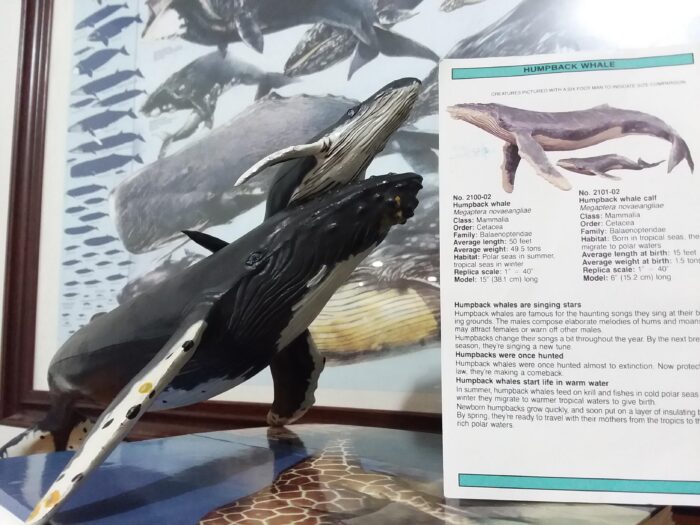



Carrying on with the “Savannah Summer”, we head to the Kalahari, the land of great thirst. The precipitation is low, so survival can be tricky. Even still, life finds a way, and even relatively large species can call the area home. Take the gemsbok or oryx (Oryx gazella), a large species of antelope, which is a native to this large, often dry expanse.
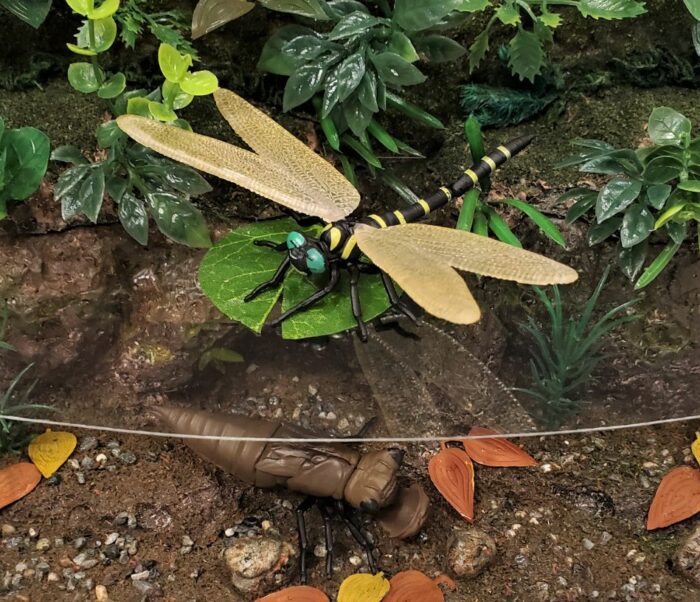
Today we are looking at a rather ingenious set of figures by Takara Tomy A.R.T.S., representing the golden-ringed dragonfly (Anotogaster sieboldii), that was released as part of their 2021 B.I.G. Insects collection. Every year, Takara releases a set of five large and articulated arthropods in the B.I.G.
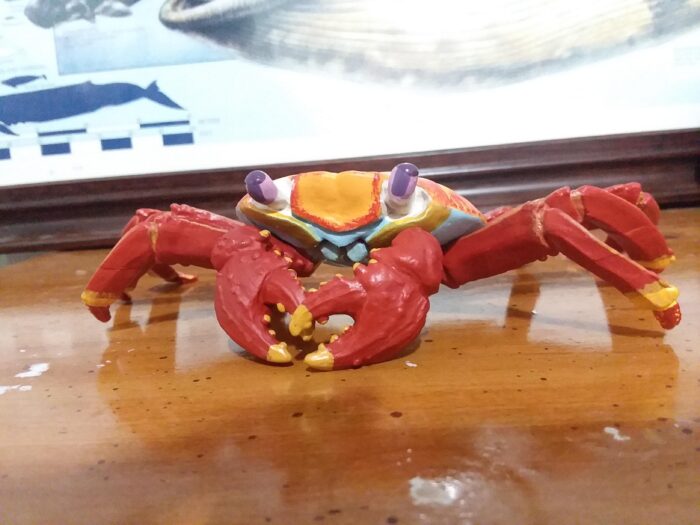
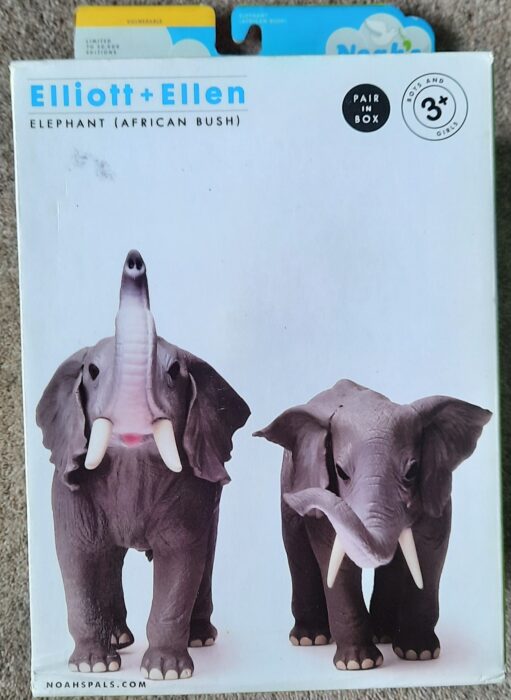
Continuing on with my “Savannah Summer”, when on safari, you want to see the largest species a country have to offer. And when it comes to Africa, there is no larger than the largest land animal on earth, the African bush elephant (Loxodonta africana). These powerful proboscidians populate a large section of Africa, though their numbers are in decline as a result of poaching for ivory made from their tusks.
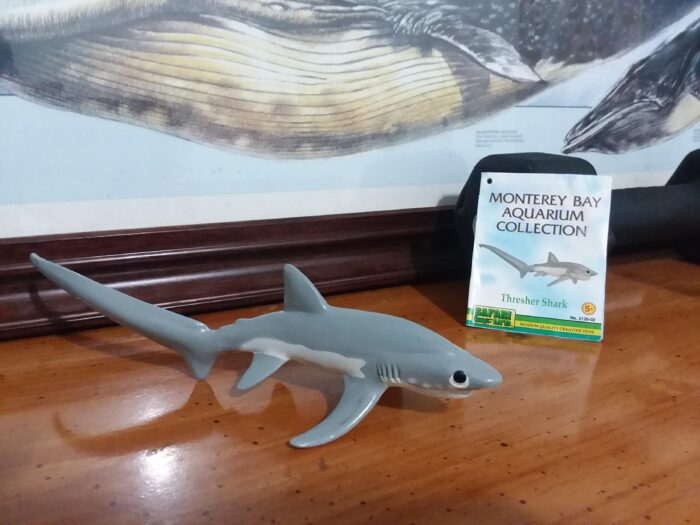
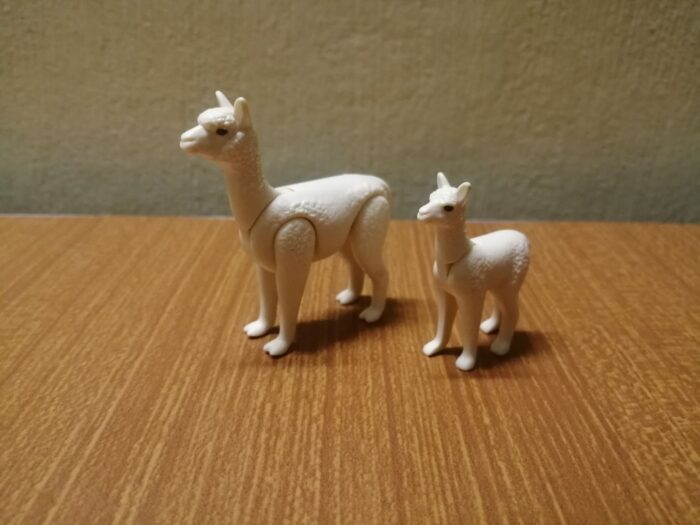
Review and images by Animal Lover, edited by bmathison1972
The alpaca (Vicugna pacos) is a domesticated breed of South-American camel-like ungulates. It resembles a sheep in appearance, but is larger and has a long, erect neck. Alpacas have been domesticated for thousands of years until modern times in Peru, most famously because of its prized wool.
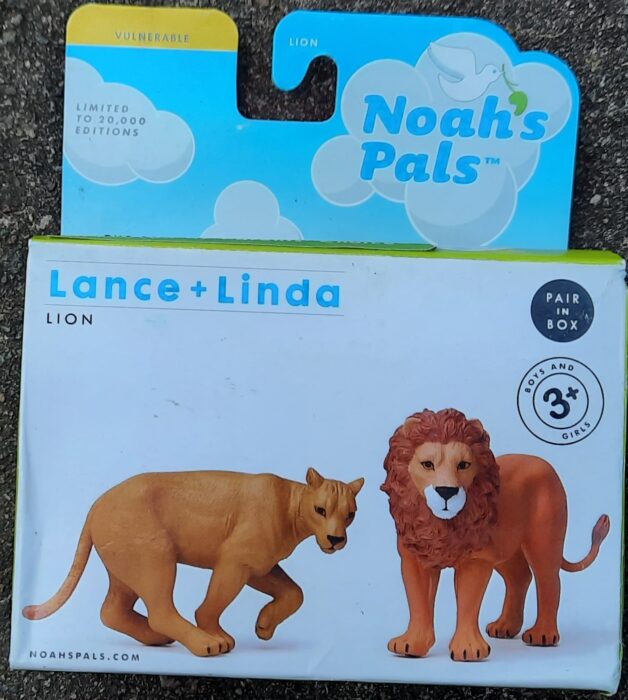
Welcome back to the “Savannah Summer”! Hot weather often makes people want to find a nice, shady spot and just relax, do more later as the temperature dips. This method is also used by the largest mammal predator in Africa, the lion (Panthera leo). Like any cat, they are masters of lazing around, as well as hunting.

Review and images by Suspsy; edited by bmathison1972
Mouflons are wild sheep native to Europe and Western Asia, and are surmised to be the ancestors of all the domestic sheep breeds which have been so valuable to us for millennia. Five subspecies are currently recognized, including the European variety (Ovis gemlini musimon) that will be the subject of this review.

The Atlantic goliath grouper (Epinephelus itajara) is appropriately named, this fish is an absolute brute, a monster, a behemoth. It’s the kind of fish that looks bigger than it rightfully should be. We expect large sizes from sharks, tuna, and billfishes but this fish has a very conventional “fishy” body plan, like you would see in smaller perches, cichlids, or basses, only it is blown up to absurd proportions.